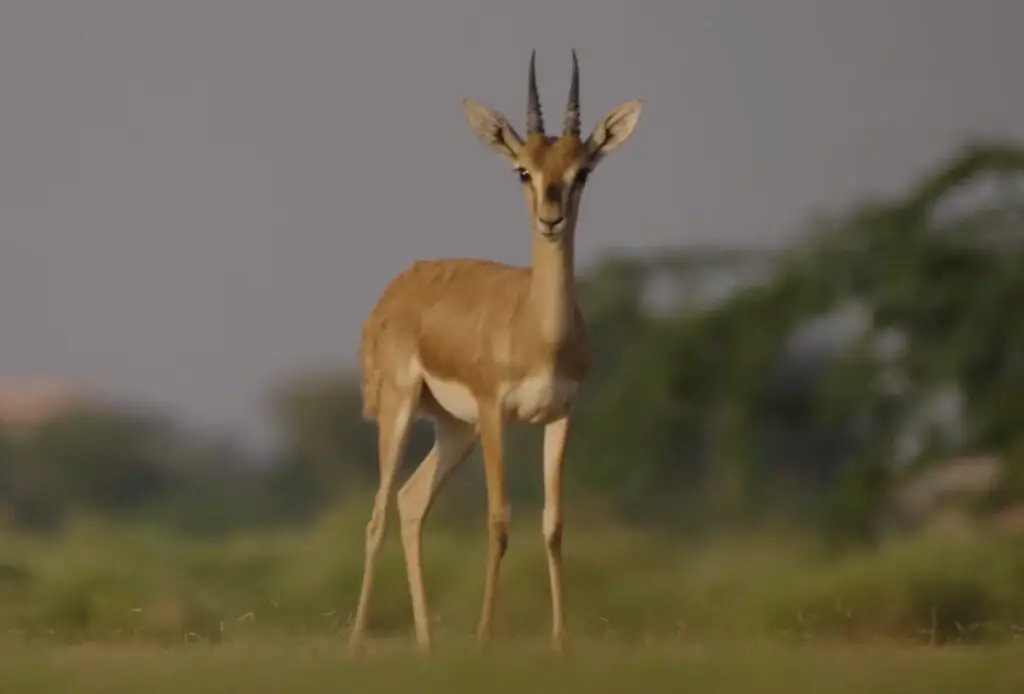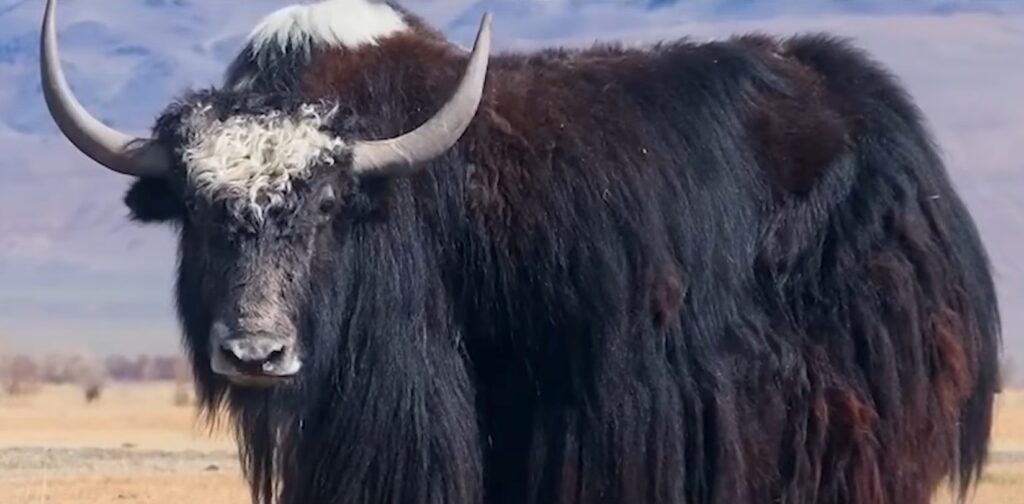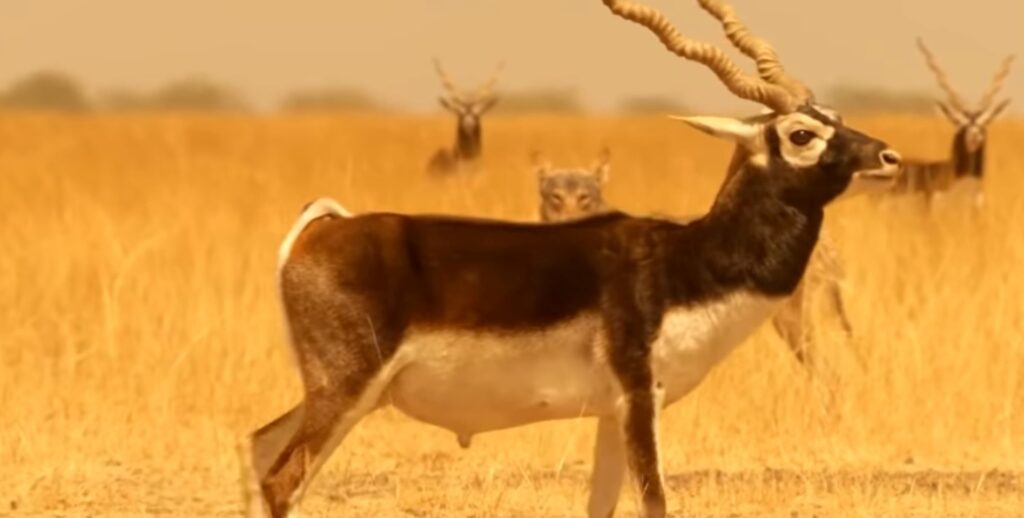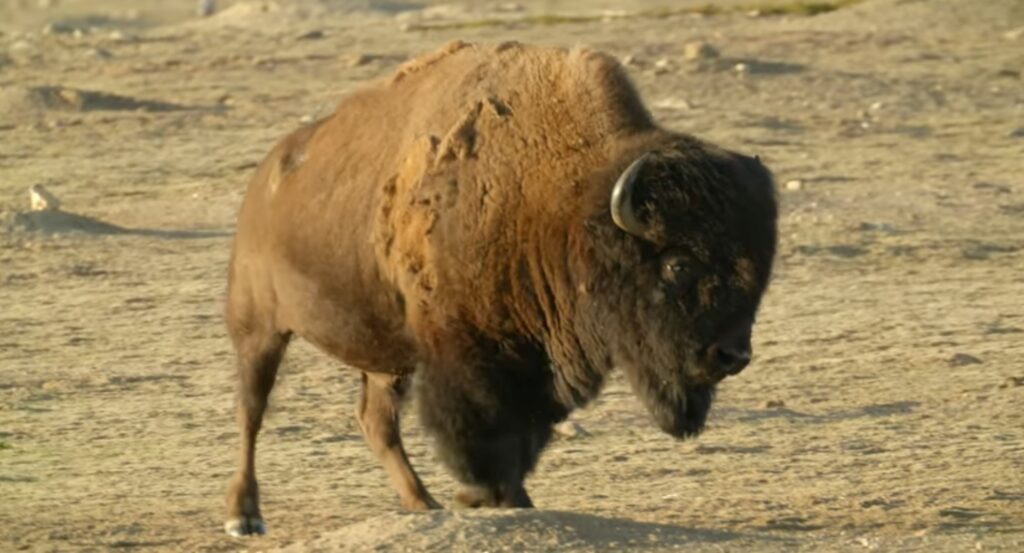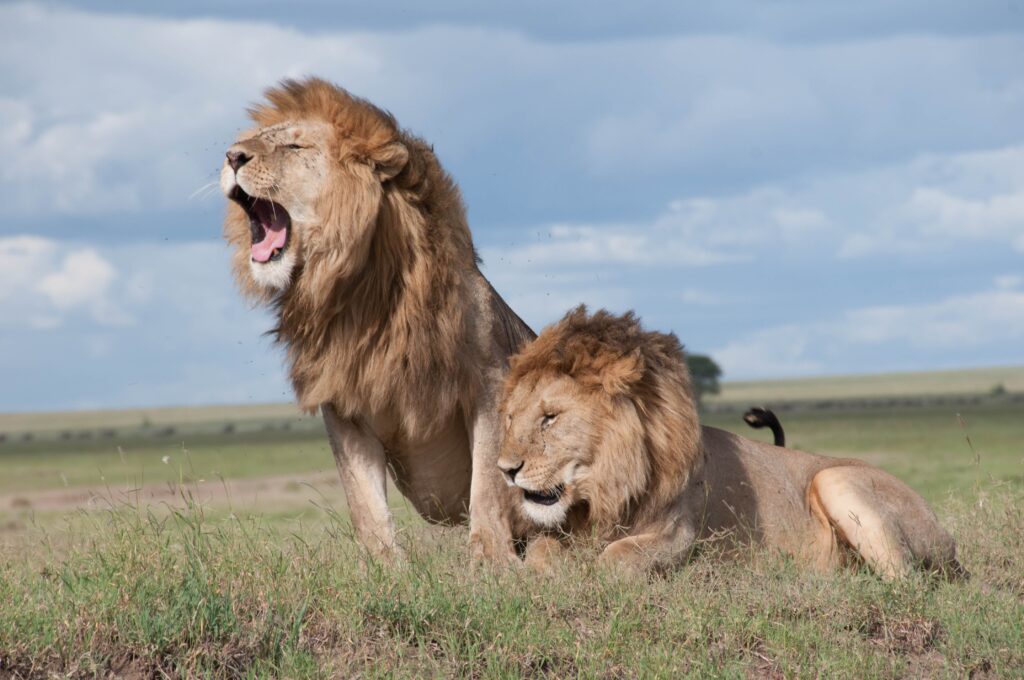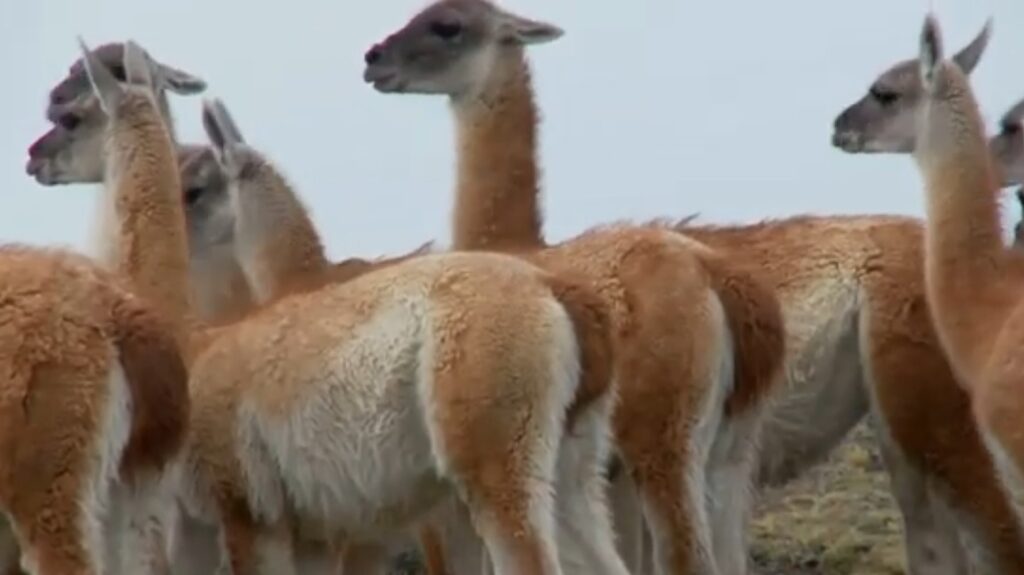Chinkara, also known as Indian Gazelle, is a species of antelope native to the Indian subcontinent. They are one of the smallest species of antelopes in the world, with a height of about 65-75 cm and a weight of around 23 kg. They have a light tan to reddish-brown coat, white underbelly, and prominent black stripes on their face.
Chinkaras inhabit arid and semi-arid regions, including deserts, grasslands, and scrublands. They are mainly found in India, but also in Pakistan, Iran, and Afghanistan. They are diurnal animals and primarily feed on grasses, leaves, and other vegetation.
Characteristics of Chinkara
Chinkaras are solitary animals and live alone or in small groups of up to four individuals. During the mating season, males establish territories and display courtship behaviors such as marking their territory, chasing females, and displaying their horns. They are fast runners and can reach speeds of up to 80 km/h when running at full speed.
Despite being a protected species in many countries, they are threatened by habitat loss, poaching, and hunting. The species is listed as “least concern” on the IUCN Red List, but their populations have been declining in recent years.
In Subcontinent, they are protected under the Wildlife Protection Act, of 1972, and hunting or poaching of Chinkaras is strictly prohibited. However, the illegal trade of Chinkara skins and meat still poses a significant threat to the survival of the species. Habitat loss due to human activities such as agriculture, mining, and urbanization also threatens the survival of the inhabitants.
Conservation Efforts for Chinkaras
Conservation measures are being taken to protect the animal and their habitats. Protected areas such as national parks and wildlife sanctuaries have been established to provide a safe haven for the species. Habitat restoration programs and community-based conservation efforts are also underway to conserve the species.
Chinkaras are a beautiful and important species of antelope native to the Indian subcontinent. They are threatened by various factors, including habitat loss and poaching. It is our responsibility to ensure the protection of the species and their habitats for future generations to appreciate the beauty and importance of these magnificent creatures.
They are also found in parts of Pakistan, Iran, and Afghanistan.
Chinkaras are adapted to live in arid and semi-arid regions, including deserts, grasslands, and scrublands. They can be found in a variety of habitats, from sandy and rocky deserts to thorny and dry scrub forests.
They are well adapted to survive in areas with limited water resources, and they obtain most of their water from the plants they consume. They are primarily herbivorous, feeding on grasses, leaves, and other vegetation found in their habitat.

